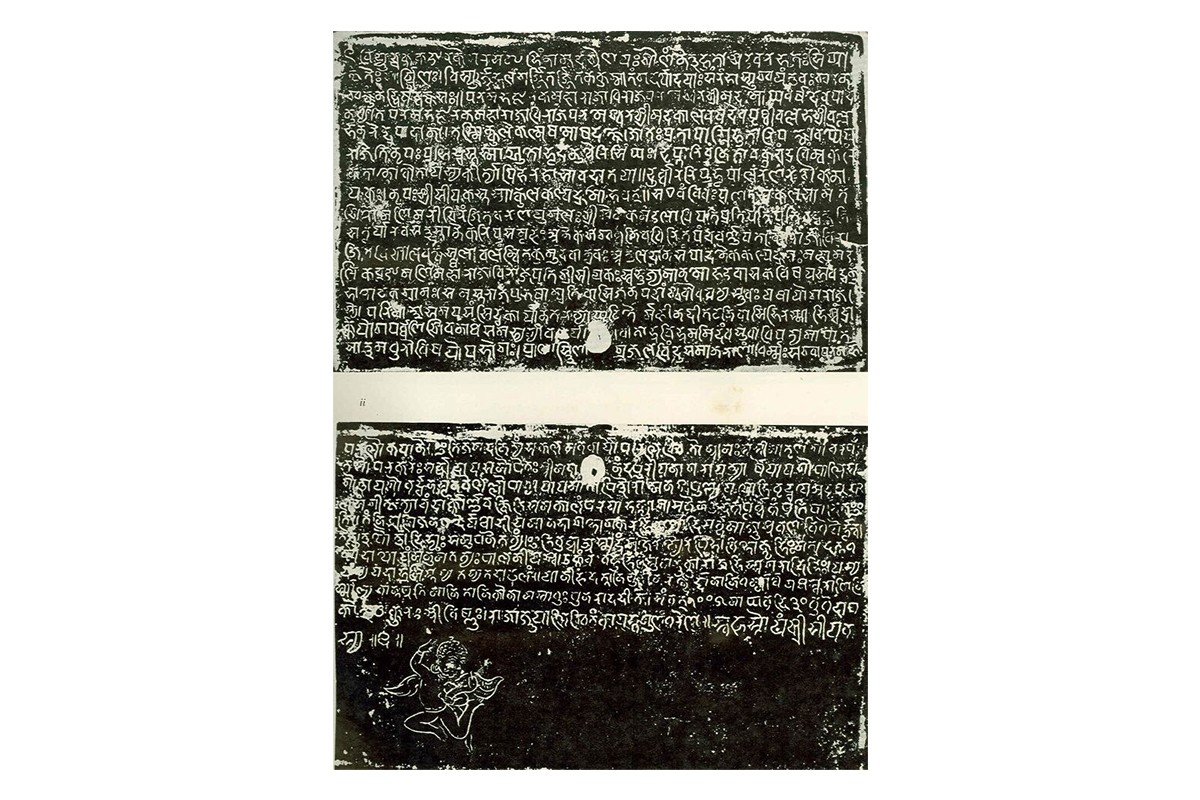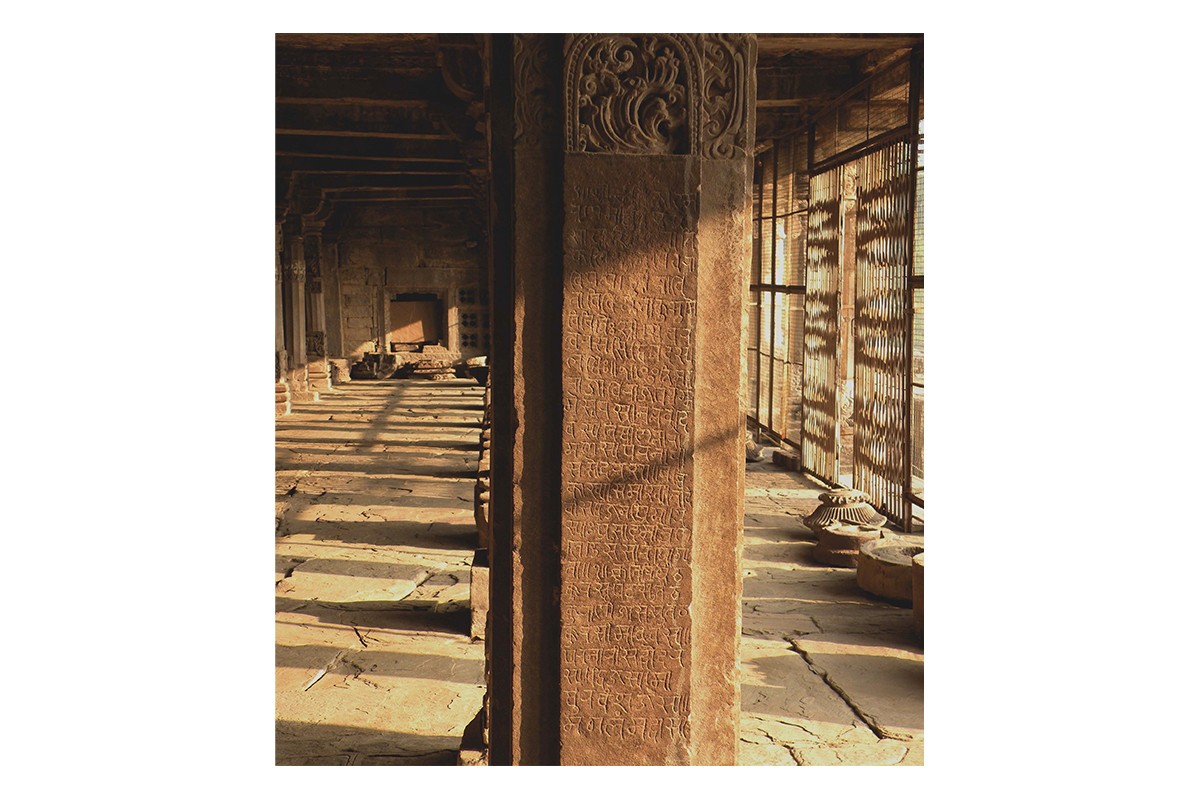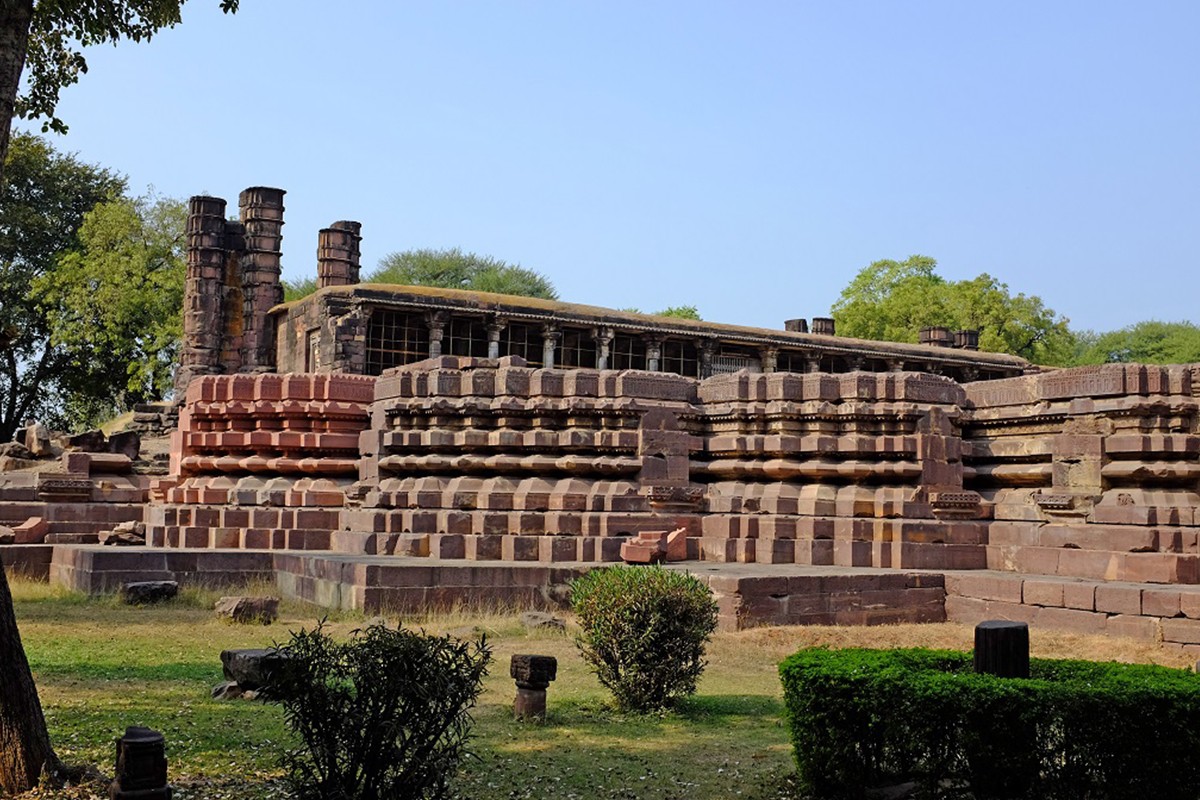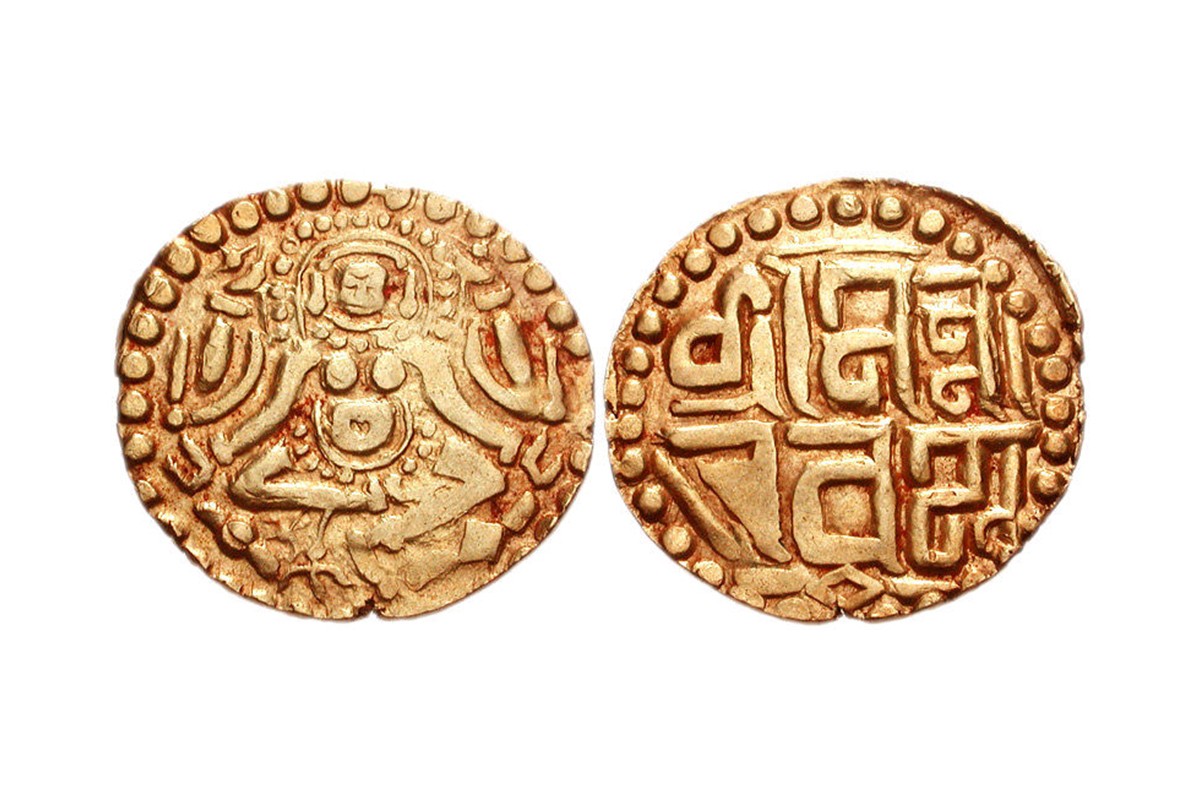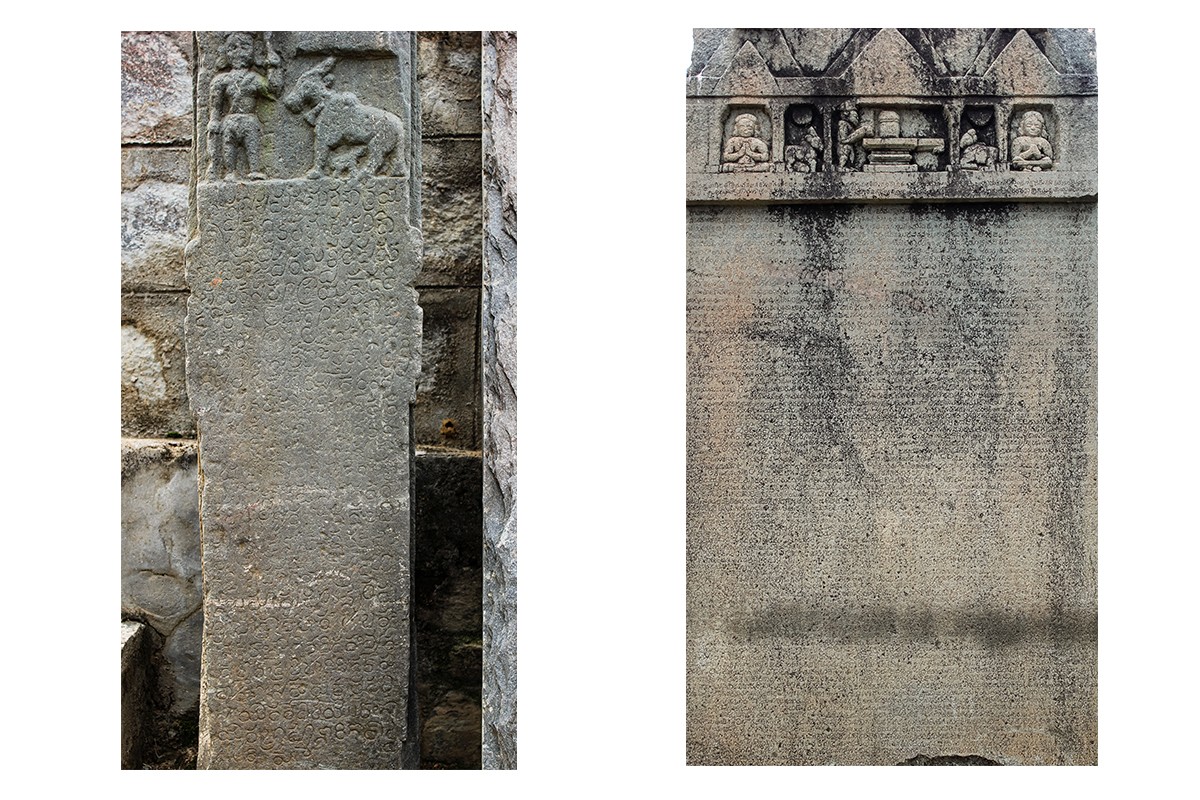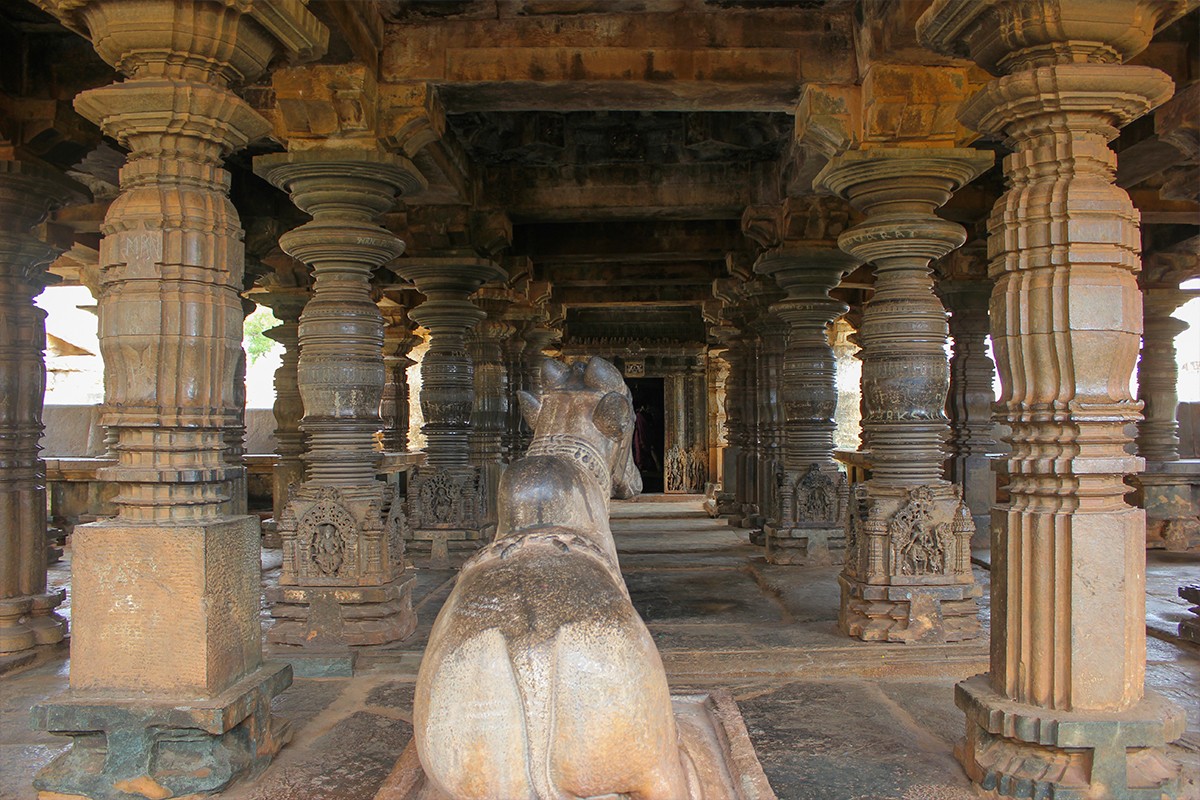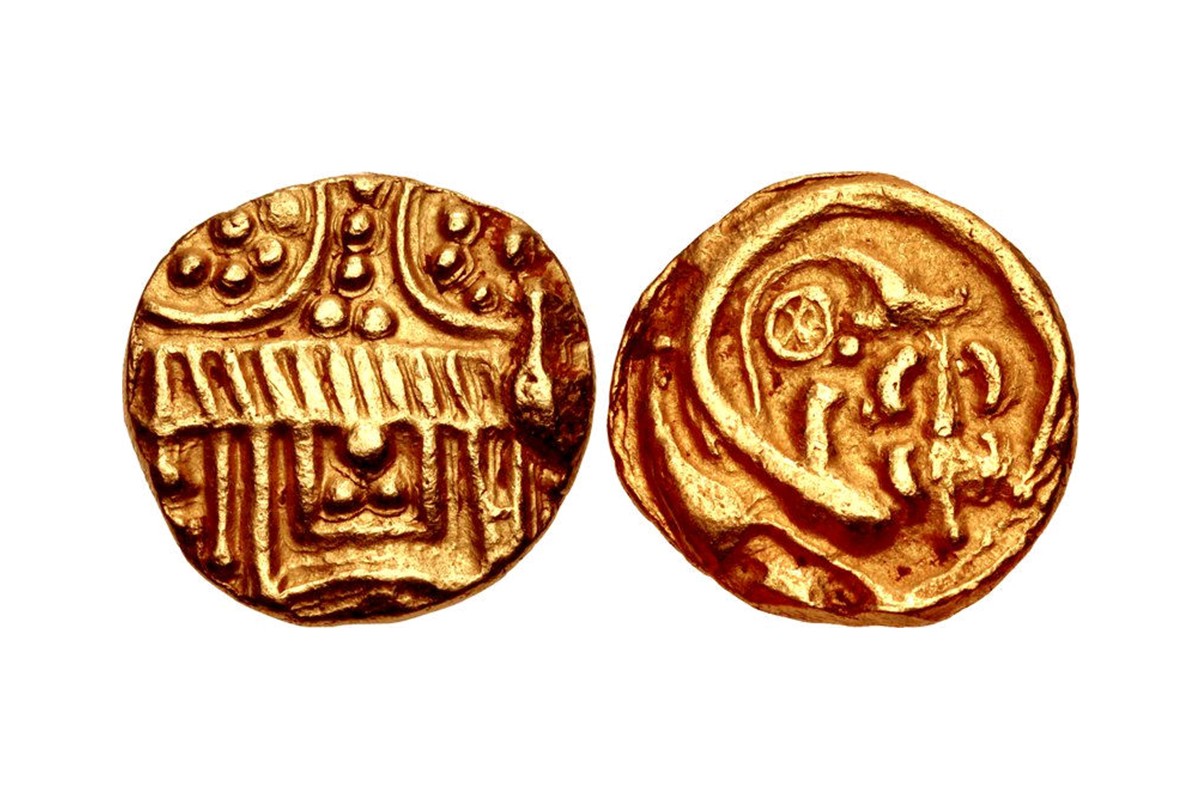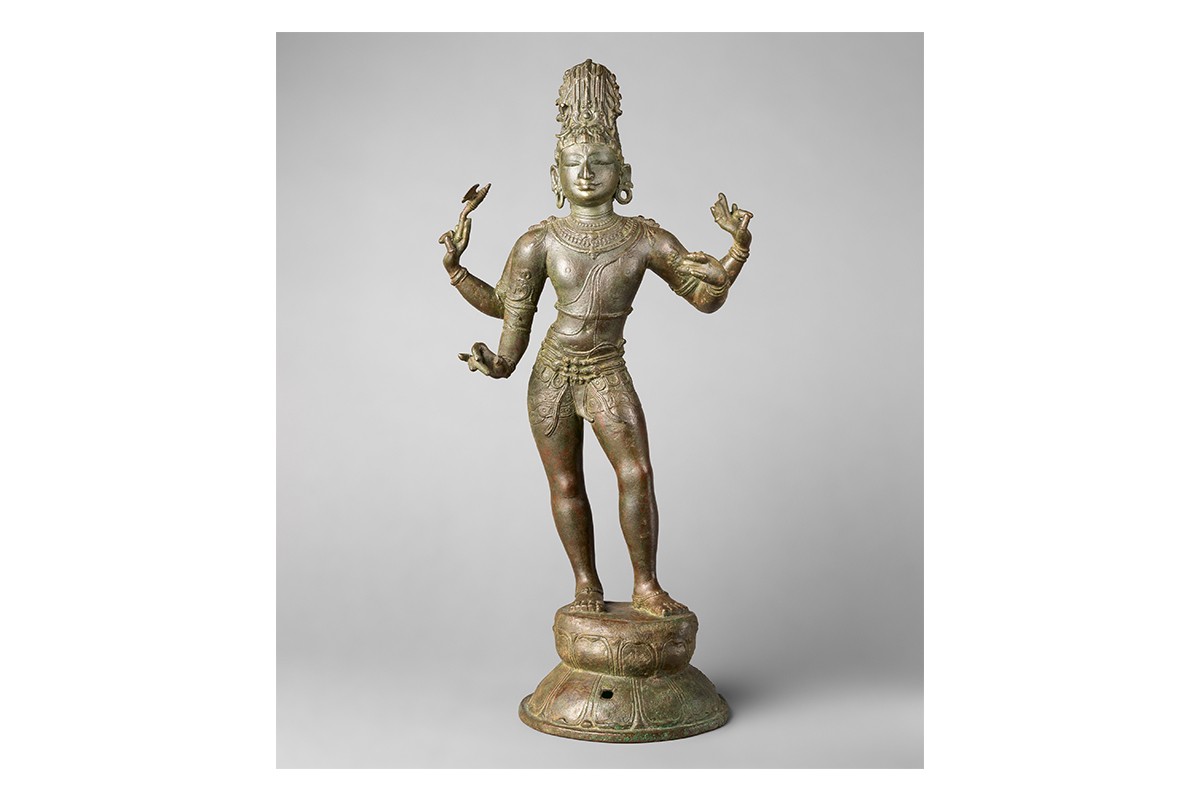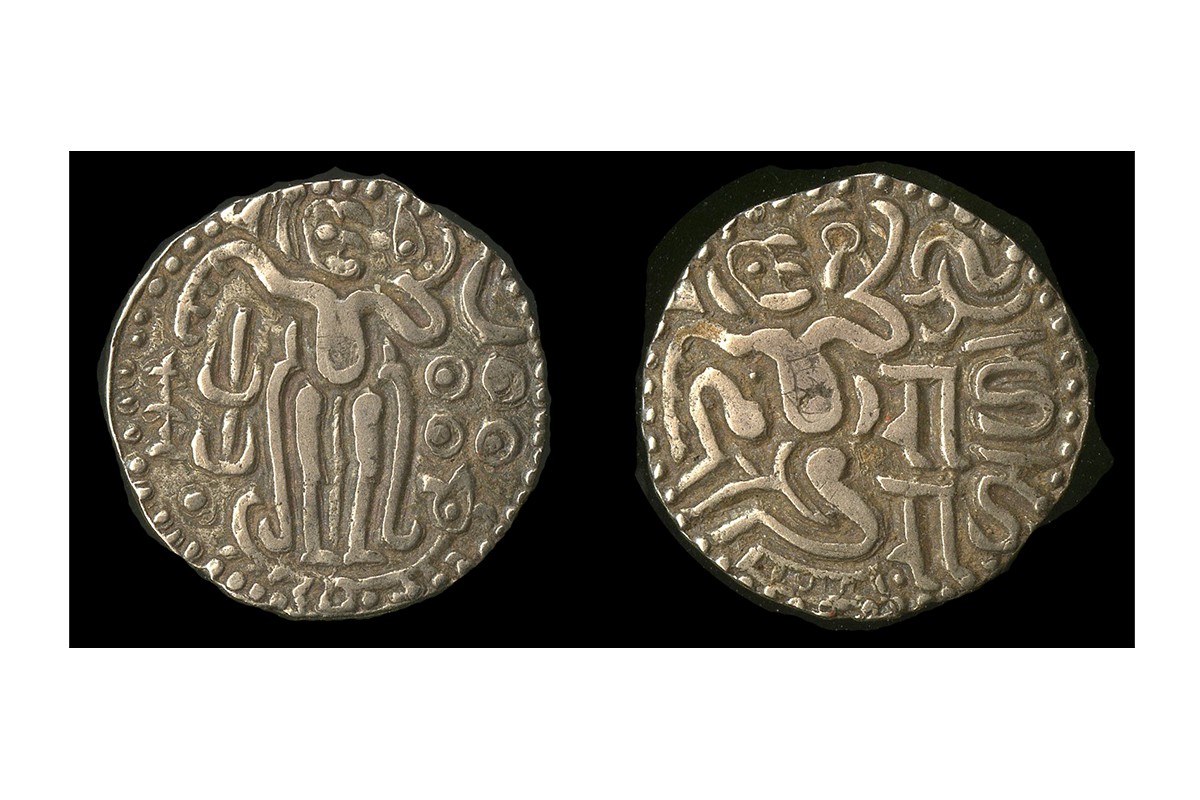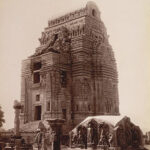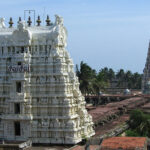Older Transregional Superstates Decline; New Powers Rise
900–1000 CE
The tenth century sees the decline of the Gurjara-Pratihara kingdom in northern India, the first instances of political instability in the Pala empire, and the rise of new regional powers such as the Paramaras in the Malwa Plateau and the Chola kingdom on the Coromandel Coast. After a brief period of undisputed dominance in which its armies reach as far as Kannauj in the Gangetic Plains, the Rashtrakutas, the last of the early medieval transregional empires, also decline after their capital is sacked by the Paramaras in 972 CE. The resulting political vacuum allows for the rise of new dynasties in the Deccan, such as the Later Western Chalukyas and the Seuna Yadavas.
Simultaneously, the Chola empire consolidates its grip over most of the south during the reign of Rajaraja I, who ascends to the throne in 985 CE. The Chola polity is able to form deep alliances with existing networks of Brahmins and landlords in the Kaveri River valley, mobilising unprecedented military and financial resources. These allow for major expeditions along the east coast, as well as present-day Sri Lanka and Indonesia, both of which are closely connected to India’s eastern coast at this time.
Bibliography
Ali, Daud. “Royal Eulogy as World History: Rethinking Copper-plate Inscriptions in Cola India.” In Querying the Medieval: Texts and the History of Practices in South Asia, edited by Ronald Inden, Jonathan Walters, and Daud Ali, 165–229. New York: Oxford University Press, 2000.
Singh, Upinder. A History of Ancient and Early Medieval India: From the Stone Age to the 12th Century. New Delhi: Pearson, 2016.
Thapar, Romila. The Penguin History of Early India: From the Origins to AD 1300. London: Penguin Books, 2002.
Feedback 
This entry appears in
Art in South Asia
Visit Timeline
Associated Timeline Events
First Published: March 11, 2024
Last Updated: May 21, 2024



